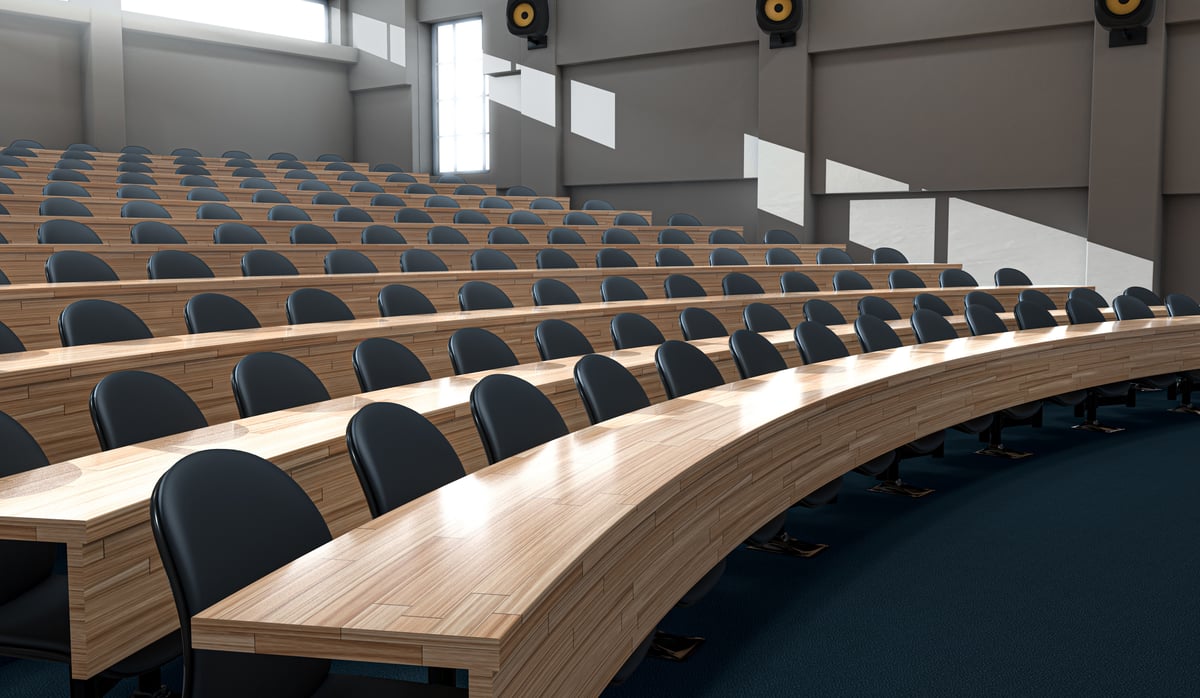Published on
From Periphery to Priority: Why Lifelong Learning is the New Academic Core

Editor’s note: This article is adapted from a conversation with Janette Muir on the Illumination Podcast. To hear the full discussion, listen to the episode here.
The traditional model of higher education—students entering at 18, graduating at 22, and launching into a lifelong career—is increasingly an artifact of the past. Today’s learners are navigating a dynamic, nonlinear path that reflects the realities of the modern workforce and a rapidly changing world. And institutions that aim to thrive in this landscape must reimagine their approach to education.
Enter lifelong learning—not as a supplemental program or an auxiliary division, but as a central pillar of the academic enterprise.
In many institutions, the boundary between traditional credit-bearing programs and continuing education is becoming increasingly porous. Microcredentials, stackable certificates, and on-and-off ramps between academic and workforce pathways are becoming the norm. This evolution doesn’t diminish academic rigor; rather, it elevates it by introducing flexibility, responsiveness, and relevance into higher education’s DNA.
But transforming this vision into reality is not without its challenges.
Governance, policy alignment, and curricular agility are significant hurdles. Faculty and administrative structures built for stability and tradition often struggle to accommodate the nimbleness required to address short-cycle, skills-based learning. Yet, institutions that intentionally bring together continuing education leaders, academic affairs, registrars, and student service teams into joint governance and cross-functional working groups are making meaningful progress.
The opportunity? A truly learner-centric ecosystem. When continuing and professional education (CPE) isn’t siloed but embedded within academic affairs, institutions unlock new pathways to innovation. They become more responsive to employer needs, more accessible to adult learners and veterans, and better equipped to support career pivots and upskilling amid economic shifts.
This shift is also redefining the faculty experience. Professors are no longer bound to semester-long lectures. They’re designing executive workshops, leading certificate programs, and shaping global bootcamps. Teaching is evolving—and so are the credentials that validate it. Stackable master’s degrees and flexible learning paths give students options to pause, reskill, and resume their educational journey in ways that work for their lives.
At institutions embracing this transformation, like George Mason University, lifelong learning is no longer optional. It’s foundational. It’s a commitment to student success not just from orientation to graduation, but from first job to last promotion—and every pivot in between.
The future of higher education will be shaped by institutions that build for flexibility, center the student experience, and collaborate across silos. Whether through stronger employer partnerships, embedded microcredentials, or adaptive curriculum strategies, success will hinge on a simple truth: Learning doesn’t stop at graduation.
It’s time we build institutions that reflect that reality—designed for the learner, powered by lifelong relevance, and united by a shared mission: to attract, engage, and retain learners for life.



